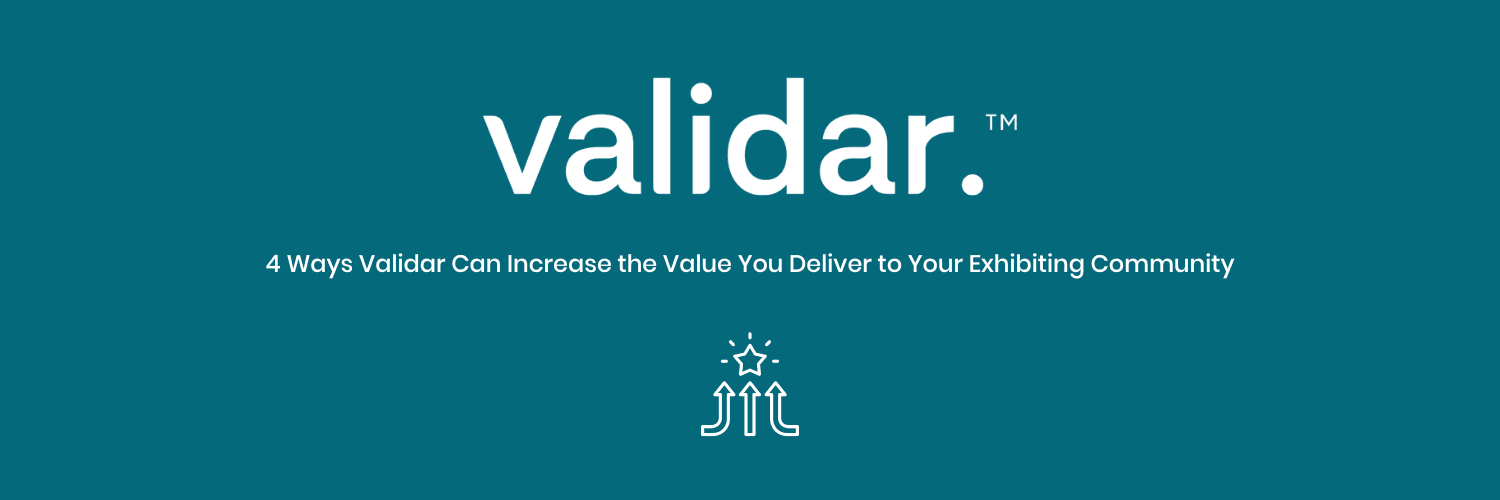Bringing your Marketing Stack to the Show Floor
Many companies have mastered deploying technology to track and measure web-based customer and prospect activity well, both implicitly and explicitly through forms. This is not the case for face to face events, where a large percentage of face to face activity is tracked by the event team and for the event team only. It’s hard getting this data into their Marketing Stack. There are steps though, that you can take which require rethinking how you deploy your marketing technology stack pre-event and your data capture technology during the event. Having a prepped robust and integrated marketing stack before you hit the show floor is one of the most important steps you can take to contribute to the success of your business. After all, if you have an event and meet a lot of people but don’t track or utilize the data you capture, then was it really worth the investment? {{image}} To help you get your marketing stack ready to use at events, we created a quick checklist that will make a big difference from the start.
Correlate your online content with your face to face content
There is no difference between someone visiting your website to watch a video versus watching a live product demonstration at a face to face event. You’re probably tracking online video activity very well within your technology stack. Do this as well when someone participates and engages with content at an event by creating a repository within your technology stack for this activity. It is our belief face to face content will have a greater impact in making a decision to buy.
Have your attendee tracking and data capture strategy in place to align with #1 above
At the event, make sure you’re tracking attendee activity that aligns with your content strategy. Whether you will be scanning participants’ name badges or tracking activity implicitly via BLE or RFID, make sure you know when an attendee participates or engages with your content. Set a new list specifically for each engagement and start a new campaign to automatically send an introductory message once the recipient is added to that list to extend beyond the event content.
Provide attendees the opportunity to “opt-in” via mobile feedback tools
How often have you attended a session or product demonstration, loved the content and was eager to ask the speaker questions? Allow and encourage your attendees to “raise their hand” if they want to learn more, and make sure your technology stack know this through unique member status values within the list.
Follow up personally
B2B or not, it’s the personal connections that drive most business relationships. If you talk to someone at an event, make sure to follow up with them with a personal email or phone call, especially if they raised their hand. If you didn’t, do reach out and introduce yourself, still. Try not to approach this correspondence as sales, but as a normal human introduction. Offer assistance with any questions, a time to meet and/or connect them with someone they might like.
Don’t be pushy/don’t overwhelm them with promotions
No one likes to be sold to. When setting up your automated email cadence, try to spread its timeline over 30 or 60 days. Subtle reminders and personal notes will work much better than daily calls and mindless coupons.
Be in touch with your sales team
Work together with your sales team to show you are an integrated team, working to help your customer succeed, together. Make sure your messaging is on point, don’t repeat or overlap your outreach and simply work together to help the customer, not yourself. There are a lot of components to apply a marketing stack to your event marketing. Creating an integrated system is essential to the success of your company. What are your suggestions on building a powerful collection?


.png&w=3840&q=75)



